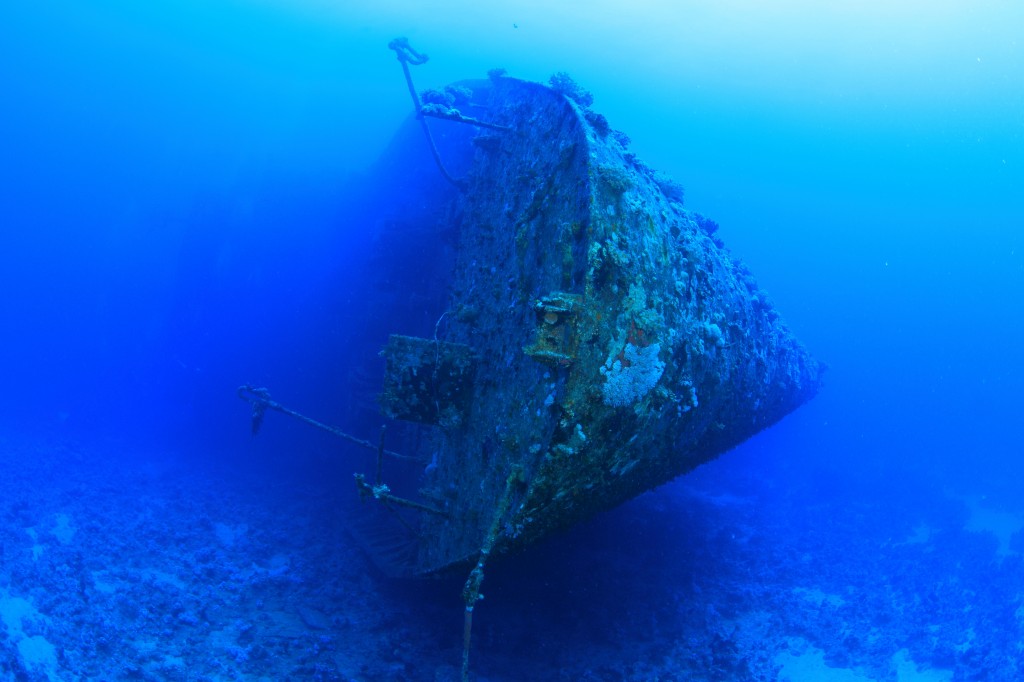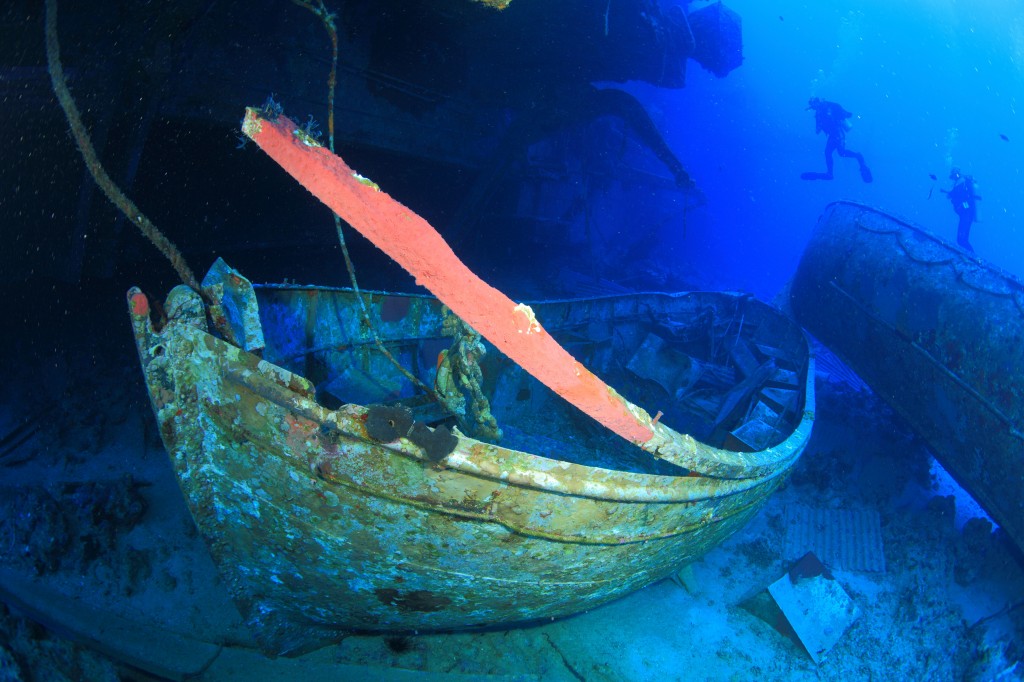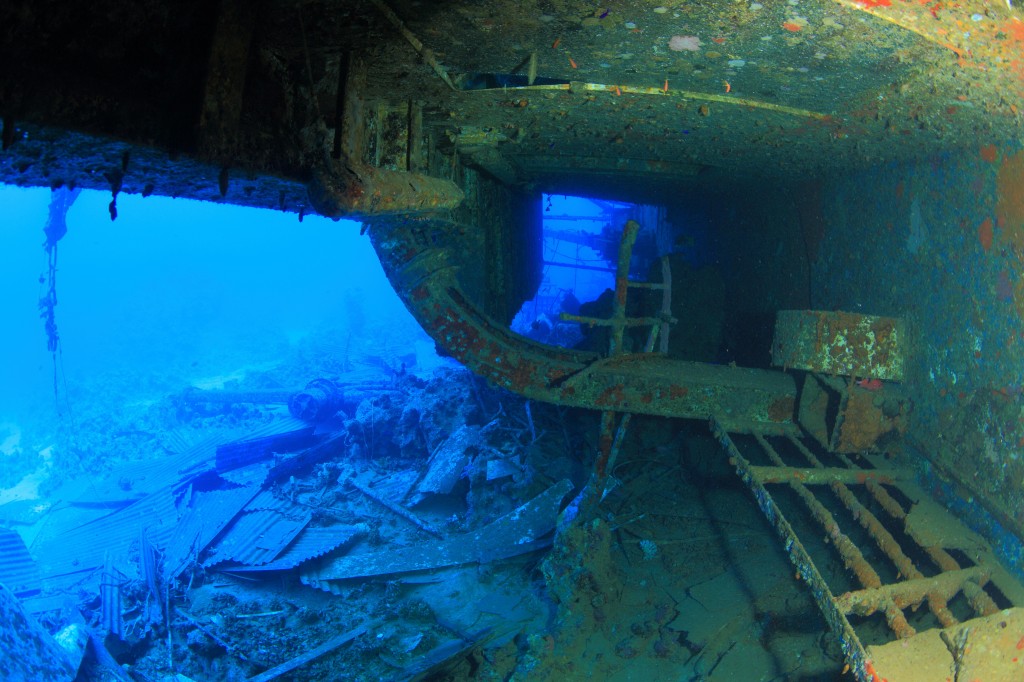Resting at around 90 feet (25 meters) off Safaga, just south of Hurghada, the MV Salem Express is one of the most controversial wrecks in the Red Sea. Starting its career as a roll-on, roll-off ferry servicing Safaga and Jedda in Saudi Arabia, it sank after striking one of the infamous Hyndman Reefs on December 17, 1991. The ship went down only 20 minutes after striking the reef, taking numerous passengers with it.
History of the MV Salem Express
Since it was transporting passengers returning from the annual pilgrimage to Mecca, the ferry was filled to capacity, with estimates of people on board at around 650. Only 180 passengers were rescued after the wreck, but the total loss of lives is a point of dispute. The official number is 470, a figure that was reached by subtracting the number of survivors from the maximum number of passengers allowed on board. This figure has long been disputed, as it’s common for ferries in the area to sail over capacity during the pilgrimage season. Some reports have indicated that there may have been as many as 1,000 passengers onboard. These reports have never been confirmed, though. The high death toll is blamed largely on the fact that many numbers of both passenger and crew couldn’t swim, and that the ship sank so quickly, which did not give the crew enough time to launch the lifeboats.
Diving the MV Salem Express
Today, the wreck is often on the itinerary of the liveaboard boats in the Red Sea, but controversy over whether or not people should dive the site continues. Some passengers forgo dives here, due to its morbid past. The ship lies on its starboard side, with the large “S” on its funnel clearly visible. There are plenty of opportunities for penetrating the wreck, in the cargo hold, the bridge and the cafeteria. On the seabed around the wreck are a number of artifacts, including the lifeboats, a fireman’s breathing apparatus and numerous suitcases.
A typical dive on the wreck begins with divers following a shotline, which is typically tied off at the funnel. From there, divers can head to the stern, follow the seabed to the other end of the ship, take in the debris field and finally make their way inside the cargo hold. From there, divers can make their way up to the outside through one of the holes struck by the reef and follow the side of the ship. The outside portside gangway is particularly interesting, as divers can pull-and-glide along the entire length of the ship, ducking into a number of areas in the superstructure, such as the cafeteria.
With the top of the wreck at only 30 feet (10 meters) and with relatively shallow maximum of 90 feet (25 meters), divers can expect a long dive, with a most of it spent in the shallow area. Often, maximum dive time is dictated by the liveaboard, rather than nitrogen load or tank capacity.
Safety stops can be completed on the shotline, or hovering nearby, as currents are usually very low and infrequent in the area. Divers can take in the entire wreck from here before surfacing.
The controversy surrounding the Salem Express will probably remain. There have been discussions as to whether the authorities should close the site, but so far, this has not happened. No human remains are visible around the wreck, so many divers argue that as long as they respect the site and do not remove or disturb items found in or around it, there is nothing disrespectful about diving the site. Ultimately, it is up to the individual diver to decide for him or herself whether or not they are comfortable diving the Salem Express.
Stats:
- 90 feet (25 meters)
- Depth, minimum: 30 feet (10 meters)
- Location: Near Safaga, south of Hurghada
- Approach: Boat, typically by way of liveaboard, though day boats also dive the site
- Certification: OWD or similar, AOWD or similar preferred
- Typical visibility: 100 to 130 feet (30 to 40 meters)
- Currents: Usually very mild




